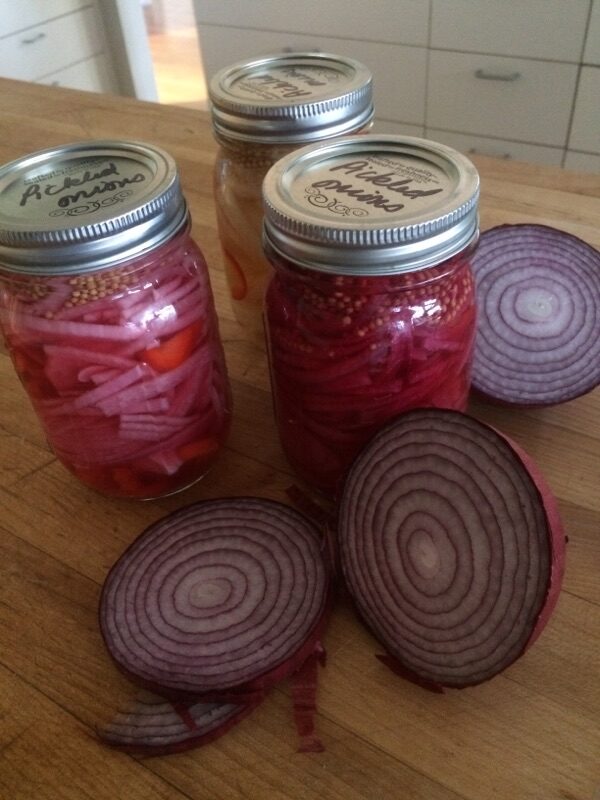Sunflowers are one of those happy plants many gardeners can’t resist planting. Kids love to watch the plants reach for the sky and everyone enjoys all the visitors. You are likely to see hummingbirds, bees and other pollinators on the flowers, songbirds munching on the seeds, and squirrels practicing acrobatic contortions as they try to gain their fair share of the harvest.
What we call the flower is made of 1,000 to 2,000 individual flowers. The large petals are, in fact, infertile ray flowers that do not develop into seeds. The center consists of fertile disk flowers that develop into seeds after pollination occurs.
These versatile flowers tolerate a wide range of soils around the world and are drought tolerant. It is not surprising they have been used by people for more than four thousand years. Native Americans used the flowers for pigments, seeds for food, the dried stems for construction and fuel. Today millions of acres of sunflowers are grown for the edible seeds, oil, and birdseed.
There is still time to plant sunflowers. Just check the seed packet for the number of days from planting seed until bloom. You’ll find varieties that mature in as few as 55 days while others need as many as 120 days to flower. Start planting sunflower seeds directly in the garden after the danger of frost has passed and soil is about 60°F. Extend the bloom time by making additional plantings, allowing enough time for the plants to flower before the first fall frost.
Protect seeds and seedlings from birds and other critters. Cover the area with a floating row cover, a spun fabric that lets air, light and water through to the plants, or some type of netting or screen. Plant the seeds one to two inches deep and six inches apart in rows two to three feet apart. Remove every other seedling once they are several inches tall.
Protect young plants from deer if needed. These critters can quickly destroy young plants so consider using a repellent or fencing if deer are a problem in your area.
Water often enough to keep the soil moist around the seeds and young seedlings. Gradually extend the time between watering to encourage the plants to grow a robust root system. Continue to water thoroughly as needed throughout the growing season. Fertilize at planting and make a second application mid-summer if needed. Follow the fertilizer label directions for proper timing and rates.
Staking isn’t usually needed to support even the taller varieties unless they are growing sunflowers in a windy location or are overcrowded. Use a metal or wood stake placed close to the stem if you need to stake the plants. Secure the plant to the stake using twine or soft ties made from cloth.
As the flowers appear, watch them track the sun from east to west and return facing east each morning. Scientists recently discovered the young plant’s sun-tracking, also called heliotropism, is tied to the plant’s circadian rhythms. One side of the stem elongates during the day and the other side at night, directing the flower toward the sun. As the flowers mature, they stay facing east, helping to attract pollinators like bees to the warmer flower surface.
Enjoy watching your sunflowers sprout, grow and flower. Take time to observe the many visitors to the blooms and be sure to harvest a few seeds for snacking.
Melinda Myers has written more than 20 gardening books, including the Midwest Gardener’s Handbook, 2nd Edition, MN & WI Month-by-Month Gardening, and Small Space Gardening. She hosts The Great Courses “How to Grow Anything” instant video series and the nationally syndicated Melinda’s Garden Moment radio program. Myers is a columnist and contributing editor for Birds & Blooms magazine. Myers hosted “The Plant Doctor” radio show on WTMJ radio for over 20 years and seven seasons of Great Lakes Gardener on PBS. Myers’ website is http://www.MelindaMyers.com which features gardening videos, audio tips, free webinars, monthly gardening tips, and other gardening information.

















